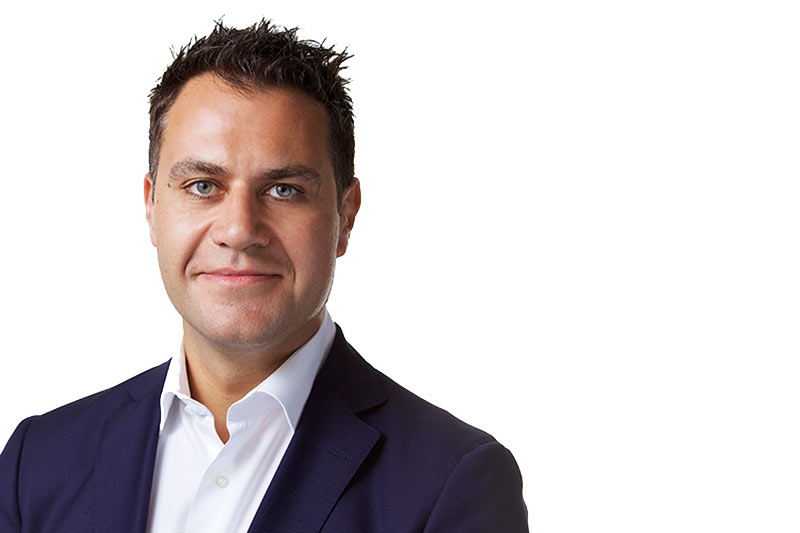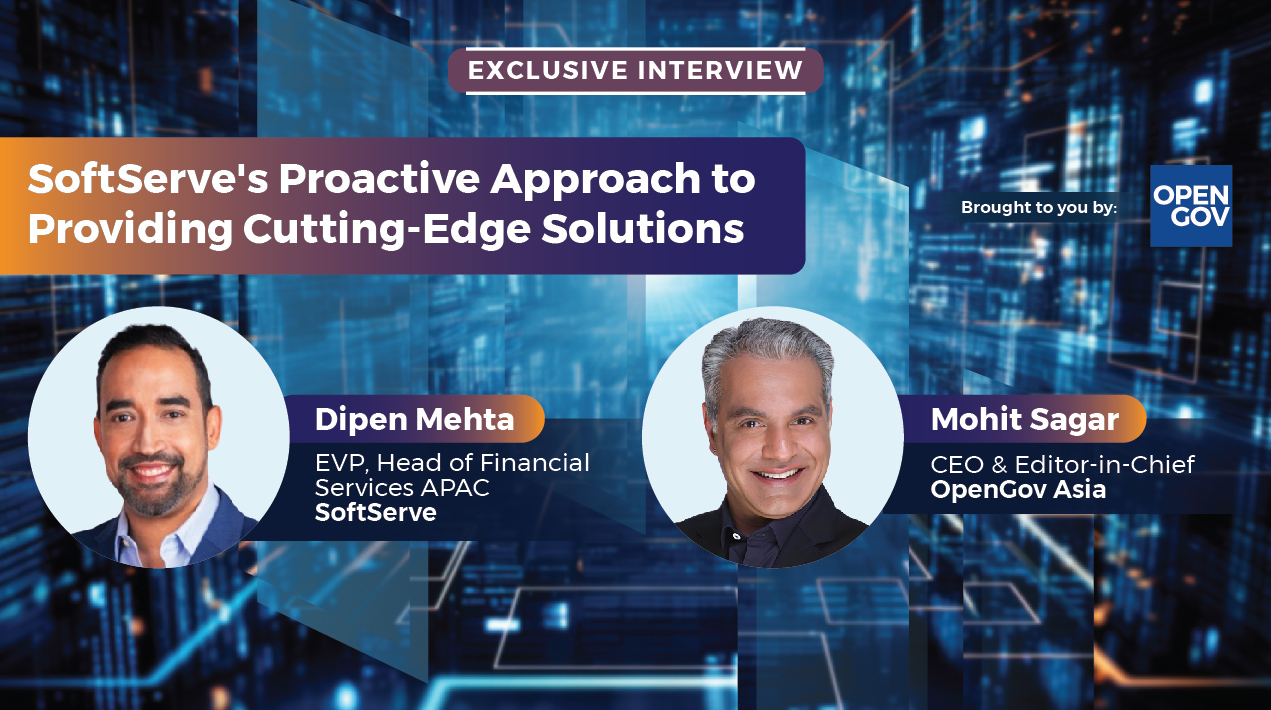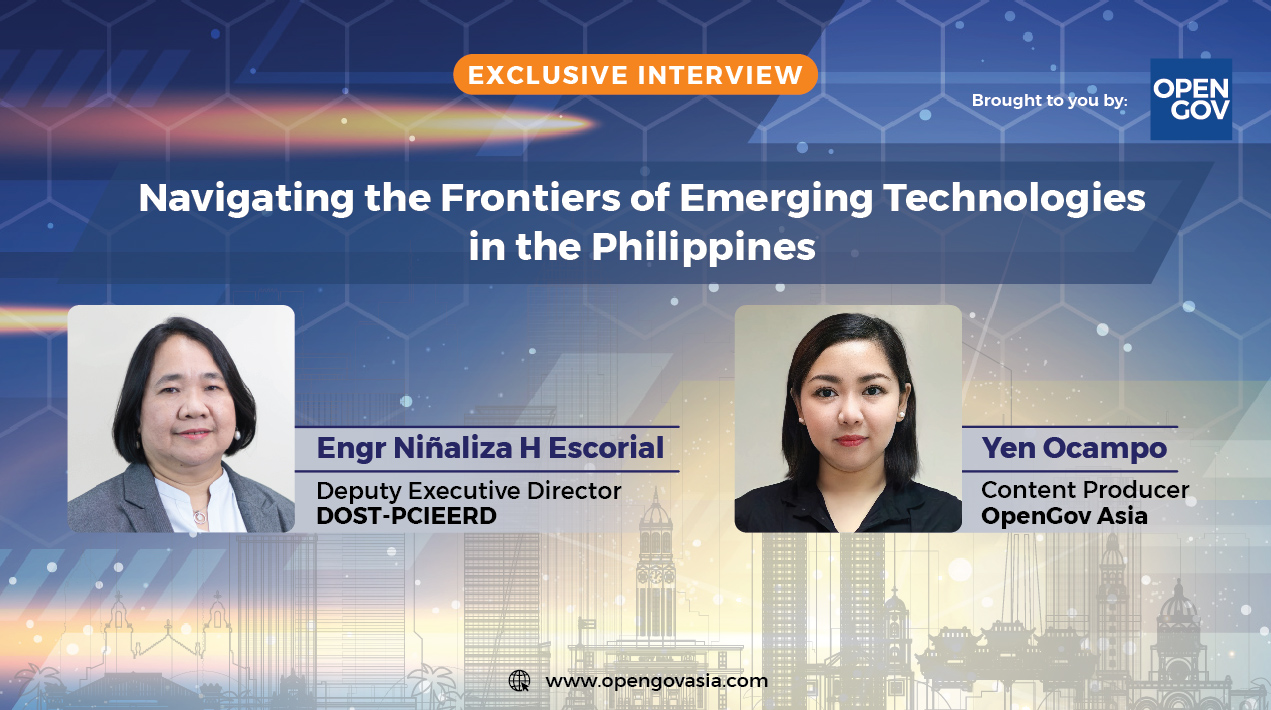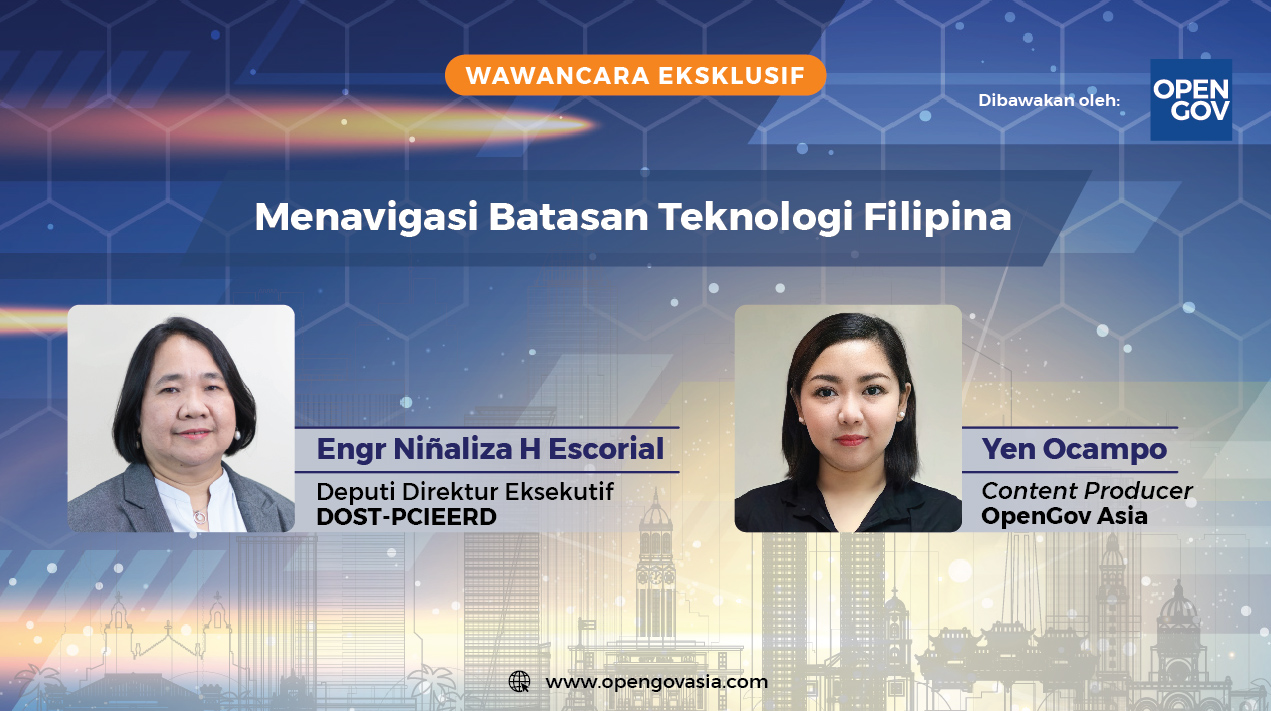
On the sidelines of the
Singapore International Cyber Week (SICW) in September 2017, OpenGov had a chat with
Mr. Sean Duca, Regional Chief Security Officer, Asia
Pacific, Palo Alto Networks, on prevailing cyber threats and
challenges and how public and private sector organisations might deal with
them. Mr. Duca talked about how organisations can still prevent cyberattacks, crowdsourcing threat information and the obstacles in doing so.
Palo Alto Networks is a
network and enterprise security company which provides platforms helping
organisations reduce cybersecurity risk to a manageable degree, allowing them
to compartmentalise their most serious threats and focus on business
operations.
Current cybersecurity landscape
In terms of threats, Mr. Duca listed three different types of groups that are
targeting public and private sector organisations in APAC: cybercriminals, people
or groups that would be focused on cyber espionage and cyber hackers. Cybercrime
for profits is the primary risk from the private sector perspective, while
cyber espionage is key for the public sector.If we look at challenges, businesses are trying to secure their environment, while
trying to be more innovative and leveraging on the meg trends like cloud and
the Internet-of-things (IoT).
For instance, today if a
company wants to procure a thousand servers, it would probably take them about
9-10 months. Whereas they could go to Amazon Web Services and get that in 5
minutes.
Governments can also place
the front-end of web applications that provide services to citizens in the
cloud to benefit from on-demand resource availability, while still keeping
sensitive data in their core data centres.
“When you think about that
from a security context, I need to be working at the speed of cloud. You think
about the world where people are creating applications using DevOps/Agile
methodology, they can be making changes very frequently. So, we need to be able
to secure that at that same pace,” Mr. Duca said.
Considering Singapore as an example for the public sector’s standpoint, the
city-state is striving to become Smart Nation.
A lot of citizen data will be
analysed under the Smart Nation initiatives to improve lives. The security has
to be incorporated from the start, it cannot be bolted on later. Because, if
trust is eroded or lost, then citizens might want to go off the grid and not
share any information. Effectively, the
citizen or the consumer is becoming the regulator – “If I don’t like it, I’m
not going to use it.”
So, governments need to work
closely with the private sector and their citizens to try and understand how
much information people are willing to share in exchange for certain benefits
and value.
“We will consume more
services, we will become more dependent on these connected devices that are out
there. So, we can’t afford security to be compromised. We need to think about
how to prevent successful cyberattacks from taking place – we can’t prevent
everything, but how do we ensure we’re automating our defences to try and
mitigate threats. We really need to try and unshackle ourselves from a legacy
way of thinking when it comes to security and really do something different,”
Mr. Duca said.
Is prevention still possible?
Many people say that prevention
is not possible any longer and that we should focus on detection and response.
But an organisation would not
want its sensitive information compromised and merely prepare a report after
the fact. For instance, in a case of intellectual property theft, the attackers
might have taken copies of every single piece of information. How does the
organisation know what has been taken and what is the value of that
information?
Hence, prevention is still
important, though putting up a firewall is no longer enough. It can still be
done by reducing the attack surface, gaining full visibility of what’s out
there, applying whitelisting policies consistently across endpoints and networks,
maintaining good cyber hygiene and patching regularly.
But then again there are
issues like the breach of devices in say hospitals. It might not be feasible to
patch a Windows XP device in a MRI machine.
“But I could stay to work out how to retrofit these devices. When I say
prevention, it’s all about preventing, stopping anything I know to be bad,”
said Mr. Duca.
That could cover 80% of the
threats, which are the known threats. Then the skilled professionals, who are
short in supply, can focus on the remaining 20% which are the unknown threats.
Here, automation and machine learning tools can be used to detect the unknown
threats and convert them into known ones.
Sharing security information
Crowdsourcing threat
information or information-sharing on threats and attacks between companies in
an industry and with authorities can go a long way in supporting prevention. Because,
today a novice hacker can go to an underground forum, and procure cybercrime as
a service capability from a marketplace, starting from a very cheap entry
point. But this kind of sharing is still limited on the good guys’ side.
Mr. Duca said that it really
comes down to trust. “In the world that we live in, we’re scared to actually
share information with others because we fear some sort of retribution, we fear
reputational damage, we fear that people are going to think, oh my god, they
got breached.”
If the organisations shared how
the attack took place, the techniques, tactics and procedures used, it would
force the adversaries to revisit their playbook and work out a different way of
attacking the next organisation.
This is more difficult to get than low-value
information such as IP addresses, domains, hashes of files but it could make a
real difference.
Mr. Duca shared an example of how such information-sharing could take place. Palo
Alto Networks entered into
a data exchange agreement with the INTERPOL Global Complex for Innovation. The
agreement aims to combat criminal trends in cyberspace, cyberthreats and
cybercrime globally through sharing threat information generated by Palo Alto
Networks and Unit 42, its threat intelligence team.
“We’re not sharing personal
identifiable information, we’re sharing threat information around distribution
services that could be used to distribute malware. Interpol in turn could
provide the information to 192 member countries
as part of their operational briefings,” Mr. Duca explained.
That way Palo Alto Networks is
playing a role in helping Interpol disrupt large scale campaigns.
Earlier this year, Palo Alto
Networks was one of seven private sector companies that provided support to an
INTERPOL-led operation targeting cybercrime across the ASEAN region, resulting
in the identification of nearly 9,000 command-and-control (C2) servers as well
as hundreds of compromised websites, including government portals.
If we consider government information being shared with the private sector,
there is a major obstacle. Everything that goes into government is typically
classified. So how do you unclassify that?
People are scared of sharing
because they fear there are going to be some sort of privacy implications if personal
identifiable information was accidentally leaked out.
“I think the challenge in
part that a lot of people have is, they feel that they have to put all their
chips into the game. And it’s not that,” he added.
Therefore, making it
mandatory to share all the information might not be the best way to go. It will
also result in massive volumes of data which will be difficult to make sense
of. The parameters of what needs to be shared, how the high-value information can
be shared, stored, analysed without compromising privacy, have to be worked
out.
Mr. Duca said, “I think we
need to work better, so that we can start to develop a secure way to share, I
think we need to ensure that there’s trust amongst the members. Ultimately,
we’re in it together because a hit on one of us is a hit on all of us. So, we
need to find means to try to get to a point where we’re committed to working together
as much as the underground hackers.”





















